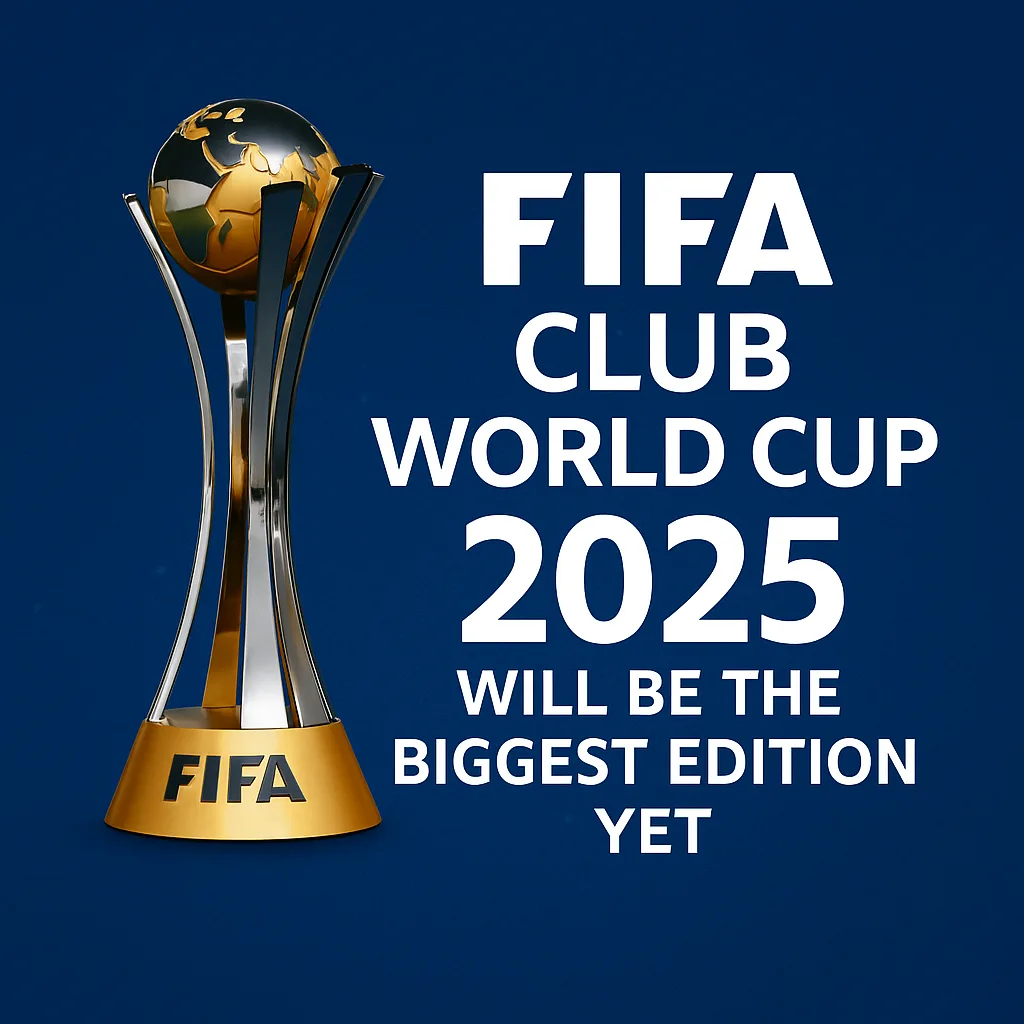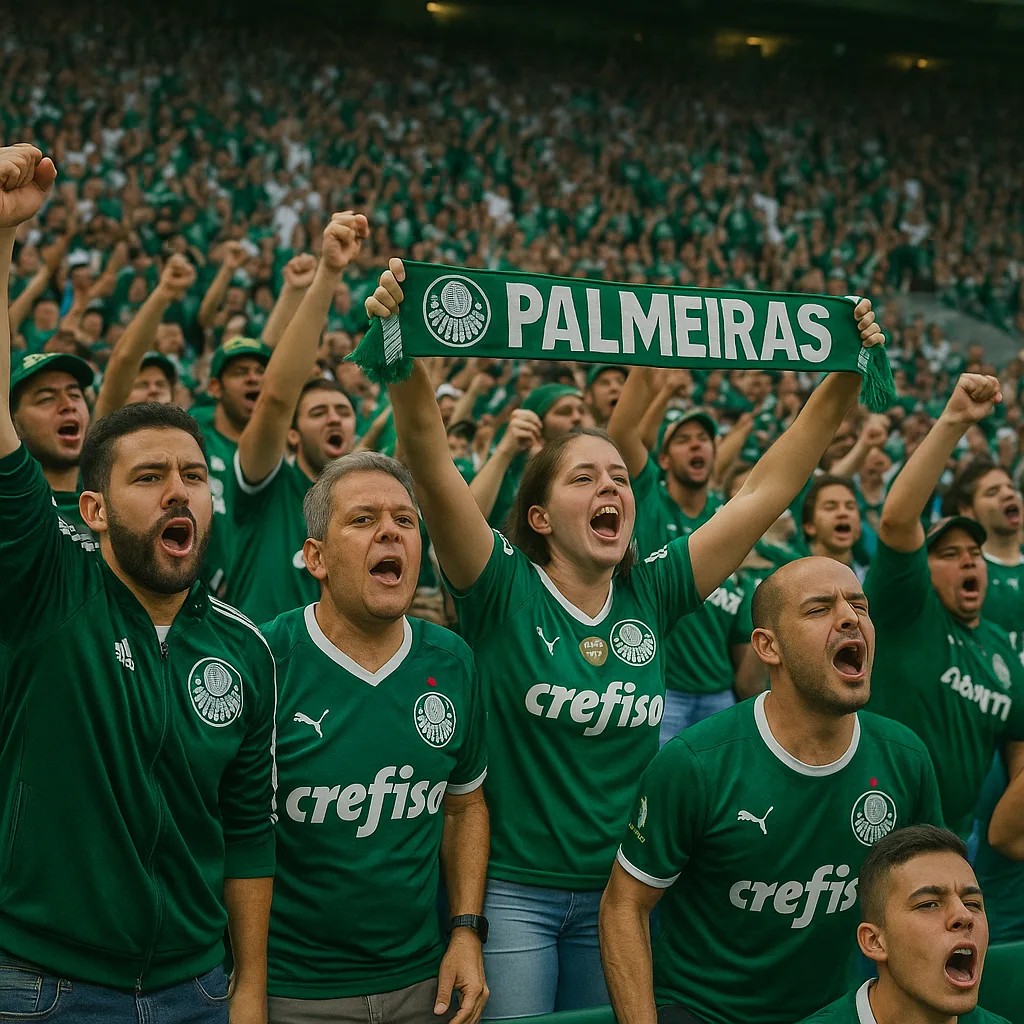As we approach the FIFA Club World Cup 2025, it’s clear that this edition won’t just showcase top-tier talent—it will also spotlight the tactical evolution of the modern game. With clubs from six continents and diverse playing philosophies converging in the United States, fans can expect a clash between two dominant styles: possession-based play and counter-attacking football.
In this tactical preview, we break down which teams are the “Possession Kings,” who the lethal “Counter Kings” are, and what the emerging trends of 2025 tell us about football’s future.
🧠 Possession Football: Still the Gold Standard?
For over a decade, possession football—often associated with the “tiki-taka” style of FC Barcelona and Spain—was the dominant force. Today, it’s evolved into a more vertical, aggressive form while still emphasizing control.
🔷 Who Are the Possession Kings in 2025?
- Manchester City (ENG)
Pep Guardiola’s influence remains massive. With players like Rodri and De Bruyne (if fit), City still dominate ball control with positional mastery. - Real Madrid (ESP)
Under Carlo Ancelotti and possibly his successor, Madrid has blended possession with fluid transitions. Players like Bellingham and Modrić keep the rhythm ticking. - Fluminense (BRA)
The Brazilian side under Fernando Diniz embraces “positional chaos”—a form of dynamic, creative possession that breaks rigid lines and encourages flair. - Benfica (POR)
Disciplined buildup, fullbacks pushing high, and a central pivot define their compact yet flexible possession style.
🔍 What Possession Gives You in 2025 Tactical
- Territorial dominance: Keeping opponents deep in their half
- Chance creation through patience
- Control of match tempo
- Midfield overloads that dictate rhythm
But possession-heavy teams must now be more direct. Lateral passing alone doesn’t win trophies anymore—it must lead to incisive movement and final-third efficiency.
⚡ Counter-Attack Football: The Rise of the Direct Kings in Tactical
While possession still rules elite teams, the counter-attack has been refined and weaponized by underdogs and tactically clever sides. Speed, transition timing, and verticality define this approach.
🔶 Who Are the Counter Kings in 2025?
- Atlético de Madrid (ESP)
Simeone’s side remains the epitome of counter-attack discipline. João Félix may be gone, but Griezmann and Lino thrive in fast breaks and quick combinations. - Seattle Sounders (USA)
One of MLS’s most tactically mature clubs, the Sounders use low blocks and quick transitions led by Jordan Morris and Nicolás Lodeiro. - Al Hilal (KSA)
With speedy wingers and a rock-solid midfield, the Saudi giants often absorb pressure and hit lightning-quick down the flanks. - Borussia Dortmund (GER)
While traditionally more possession-based, BVB in 2025 leans on explosive counters led by Adeyemi and Malen, making them hybrid but lethal.
🔍 What Countering Gets You in 2025
- Explosive chances from deep
- Efficient use of fewer passes
- Greater xG per chance in transitions
- Psychological pressure via unpredictability
But this style requires discipline and high defensive concentration. Teams can’t afford sloppy turnovers or gaps between midfield and defense.
📊 Data Dive: 2025 Tactical Stats to Know
Using FIFA and Opta projections, here are the tactical tendencies expected at the Club World Cup 2025:
| Style | Avg. Possession % | Goals per Match | Avg. Distance per Goal (m) |
|---|---|---|---|
| Possession Teams | 58% | 2.1 | 10.4 |
| Counter-Attack Teams | 43% | 1.9 | 17.6 |
The numbers suggest possession teams maintain control but work harder in tight spaces, while counter-attacking sides strike fast from deep with longer runs and more open space.
🧬 Hybrid Systems: The Real Future?
One of the most interesting tactical evolutions in 2025 is the rise of hybrid systems—teams capable of switching between possession and transition modes depending on game state.
Examples of Hybrids:
- Chelsea (ENG) under Mauricio Pochettino (or new manager) often starts in high press mode, then drops deep when leading.
- River Plate (ARG) build from the back but can instantly switch to vertical through balls when they spot high lines.
- Urawa Reds (JPN) blend high-tempo buildup with patient recycling, making them unpredictable.
Adaptability will be key in a tournament like the Club World Cup, where opponents vary dramatically in style, talent, and tempo.
🏟️ Tactical Battles to Watch in the Group Stage
- Manchester City vs. Juventus
A chess match of structured build-up vs. compact defense. - Fluminense vs. Borussia Dortmund
Flair-heavy possession vs. explosive counters. - Al Hilal vs. River Plate
A tactical tug-of-war between calculated risk and controlled rhythm. - Real Madrid vs. Al Ahly
Possession met by defensive resilience and rapid vertical attacks.
🤔 Final Thoughts: Which Style Will Win?
In knockout football, tactics don’t exist in isolation. Matches hinge on execution, discipline, and sometimes just moments of brilliance. But the Club World Cup 2025 will be a fascinating laboratory where the world’s tactical identities collide.
Whether you love the metronome control of possession football or the adrenaline of a blistering counter-attack, one thing is certain:
This tournament will redefine how we think about winning football.
📣 Want More Tactical Deep Dives?
For full group breakdowns, player features, stadium guides, and fan travel tips leading up to the FIFA Club World Cup 2025, check out:

I’m a Brazilian copywriter and the voice behind Soccer n Popcorn. I’ve been in love with football for as long as I can remember — especially the electric energy of stadiums and the stories that unfold off the pitch. From fan chants to behind-the-scenes rituals, I’m here to explore everything that makes the game more than just 90 minutes.

